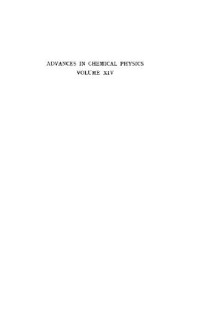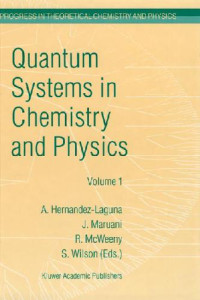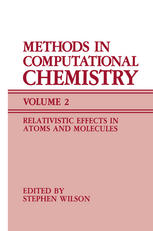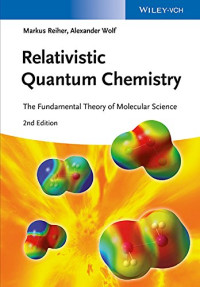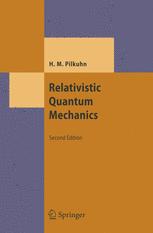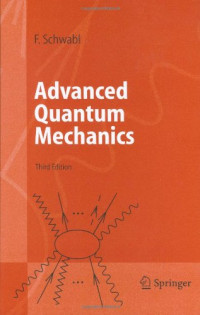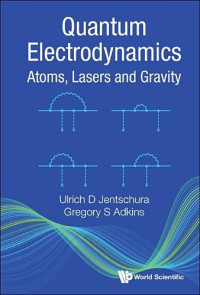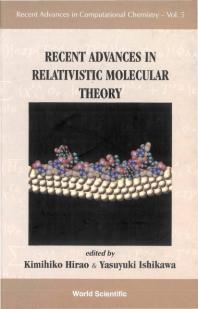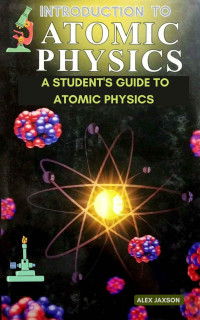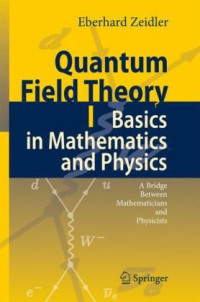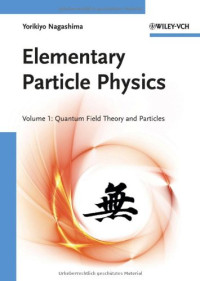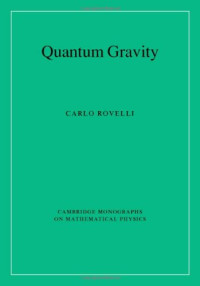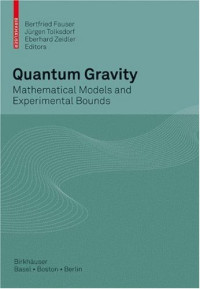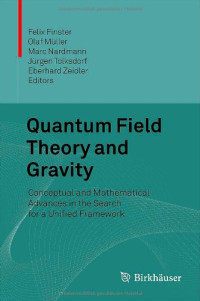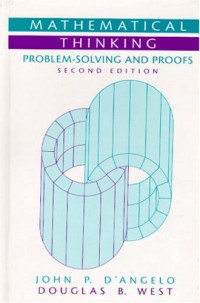
Relativistic Quantum Theory of Atoms and Molecules (Springer Series on Atomic, Optical, and Plasma Physics)
Ian P GrantRelativistic quantum electrodynamics, which describes the electromagnetic interactions of electrons and atomic nuclei, provides the basis for modeling the electronic structure of atoms, molecules and solids and of their interactions with photons and other projectiles. The theory underlying the widely used GRASP relativistic atomic structure program, the DARC electron-atom scattering code and the new BERTHA relativistic molecular structure program is presented in depth, together with computational aspects relevant to practical calculations. Along with an understanding of the physics and mathematics, the reader will gain some idea of how to use these programs to predict energy levels, ionization energies, electron affinities, transition probabilities, hyperfine effects and other properties of atoms and molecules.
Intended for Physicists and Chemists who need to understand the theory of atomic and molecular structure and processes, and who wish to apply the theory to practical problems. As far as practicable, the book will provide a self-contained account of the theory of relativistic atomic and molecular structure, based on the accepted formalism of bound-state Quantum Electrodynamics. The theory will be based securely on rigorous mathematical and numerical analysis. Those more interested in applications than in understanding the models in depth will be able to skip much of the mathematical material. The algorithms used in several software packages -- for atomic structures, for electron-atom scattering and photoionisation and for relativistic atomic and molecular structures -- will be presented, together with an outline of the scope and use of each. The software packeges themselves will be included on a CD. Many applications of relativistic atomic and molecular structure theory use model potentials, self-consistent fields, or density- functional methods, supplemented by some form of many-body perturbation theory or coupled-cluster method for improved accurac
 Amazon
Amazon  Barnes & Noble
Barnes & Noble  Bookshop.org
Bookshop.org  파일을 변환하실 수 있습니다
파일을 변환하실 수 있습니다  더 많은 검색 결과
더 많은 검색 결과 기타 혜택
기타 혜택 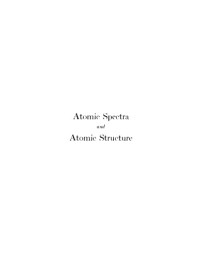

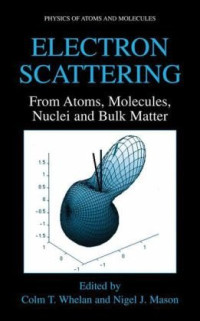
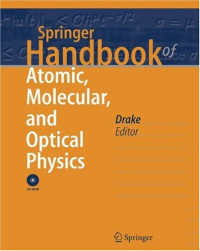
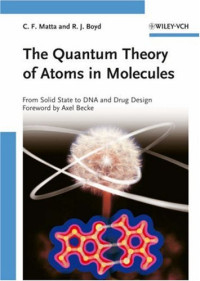

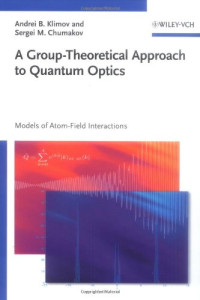
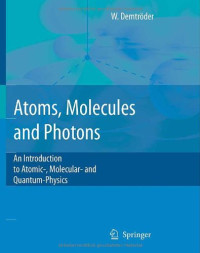
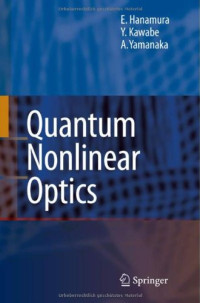
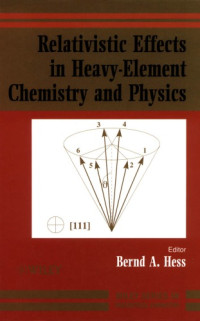

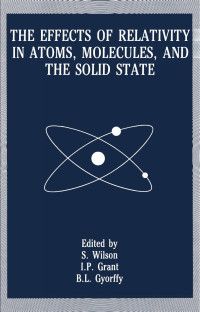
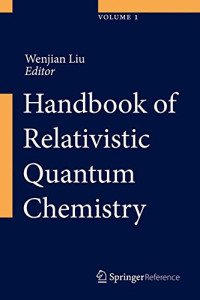
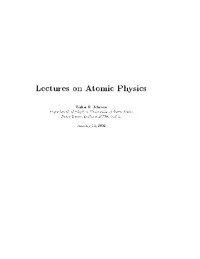
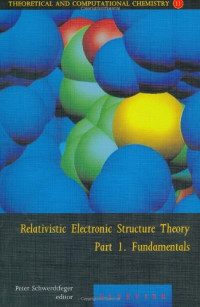

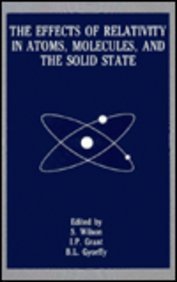
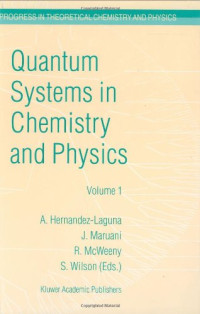
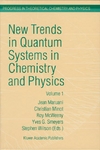
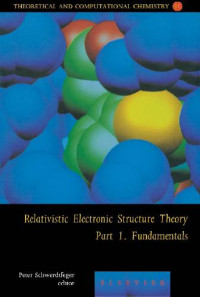
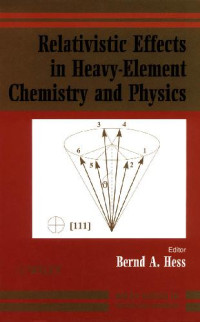
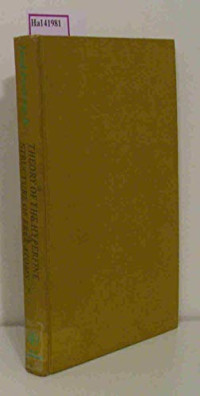
![Stuart A Rice; I Prigogine — Advances in Chemical Physics [Vol 14]](https://s3proxy.cdn-zlib.se/covers200/collections/genesis/5afac9299fdfb8bf6890c12ba1d8e25279983deba33189b23d63ec09f93fbf82.jpg)
